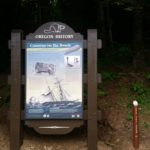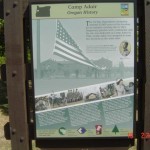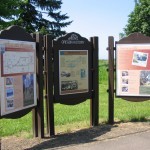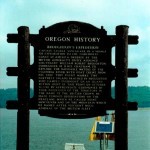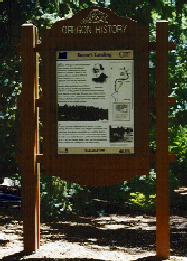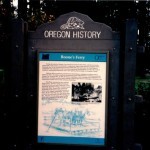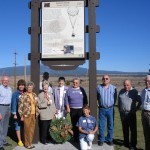Cattle Drives
Posted on: September 19th, 2011 in Historical Marker Details |
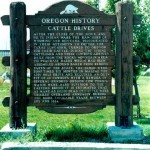
Subject: The old Oregon Cattle Trail along which up to 100,000 head of cattle were driven to eastern buyers.
After the close of the Sioux and Paiute Indian Wars the ranchers of Wyoming and Montana discouraged in their attempts to fatten the Texas Longhorn, turned to Oregon for their cattle. During the spring cattlemen and their cowboys arrived daily from the Rocky Mountain Area to purchase herds which had been assembled …
 Payments
Payments